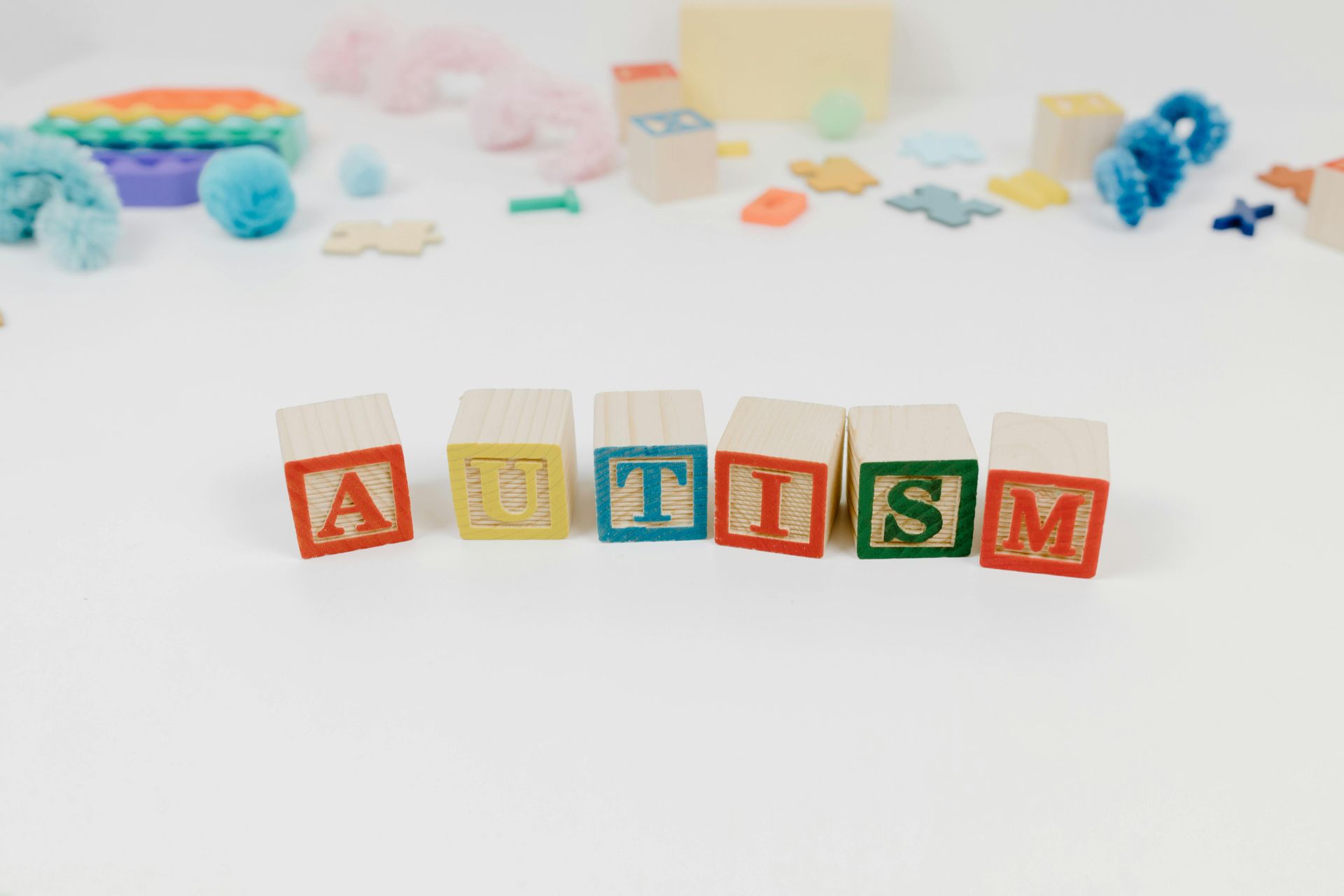Mental health and developmental disabilities are complex issues that require specialized care. When choosing a provider, it's crucial to understand their commitment to quality assurance. This ensures individuals receive the best possible support for achieving their goals.
This blog post explores the importance of quality assurance in mental health and developmental care.
Some indicators of quality assurance in mental health and developmental care include:
- Standardized Practices: Effective care providers adhere to established best practices and guidelines within the field. This ensures consistency and reduces the risk of errors. For instance, they may follow evidence-based treatment approaches, such as cognitive-behavioral therapy or applied behavior analysis, which have proven effective in addressing specific mental health and developmental challenges.
- Compassionate & Skilled Staff: Highly trained and compassionate staff are essential for delivering quality care. Regular training ensures they're equipped with the latest knowledge and techniques. Additionally, a supportive and empathetic environment fosters trust and open communication between caregivers and individuals receiving care.
- Individualized Care Plans: Each person's needs are unique. Quality assurance ensures personalized care plans are established and reviewed regularly to maximize progress. These plans should be tailored to the individual's specific goals, strengths, and challenges, taking into account their cultural background, preferences, and support systems.
- Continuous Monitoring & Improvement: Quality providers continuously monitor outcomes and seek opportunities for improvement. This demonstrates a commitment to ongoing excellence. Regular assessments and feedback mechanisms help identify areas for growth and ensure that the care provided is meeting the evolving needs of individuals.
The Importance of Accreditation and Certification
In addition to the factors mentioned above, accreditation and certification can also be indicators of quality assurance in mental health and developmental care. These processes involve rigorous evaluations of a provider's adherence to industry standards, ensuring that they meet specific criteria for providing high-quality care.
Common Accreditation and Certification Bodies
Some well-known accreditation and certification bodies in the mental health and developmental care field include:
- The Joint Commission: A non-profit organization that accredits healthcare organizations across the United States.
- CARF International: A non-profit organization that accredits human services organizations worldwide.
- National Association for the Education of Young Children (NAEYC): Accredits early childhood programs that meet specific quality standards.
The Benefits of Choosing a Quality Provider
When you choose a mental health and developmental care provider that prioritizes quality assurance, you can expect the following benefits:
- Improved Outcomes: Individuals receiving care from a quality provider are more likely to experience positive outcomes, such as increased independence, improved quality of life, and reduced symptoms.
- Peace of Mind: Knowing that your loved one is receiving the best possible care can provide peace of mind for families and caregivers.
- Stronger Support Systems: Quality providers often have strong support systems in place, such as family counseling or peer support groups, which can help individuals and their families navigate challenges and build resilience.
Looking for a mental health and developmental care provider committed to quality assurance?
Learn more about our comprehensive services and approach on our website: [www.globalhandsinc.com]










